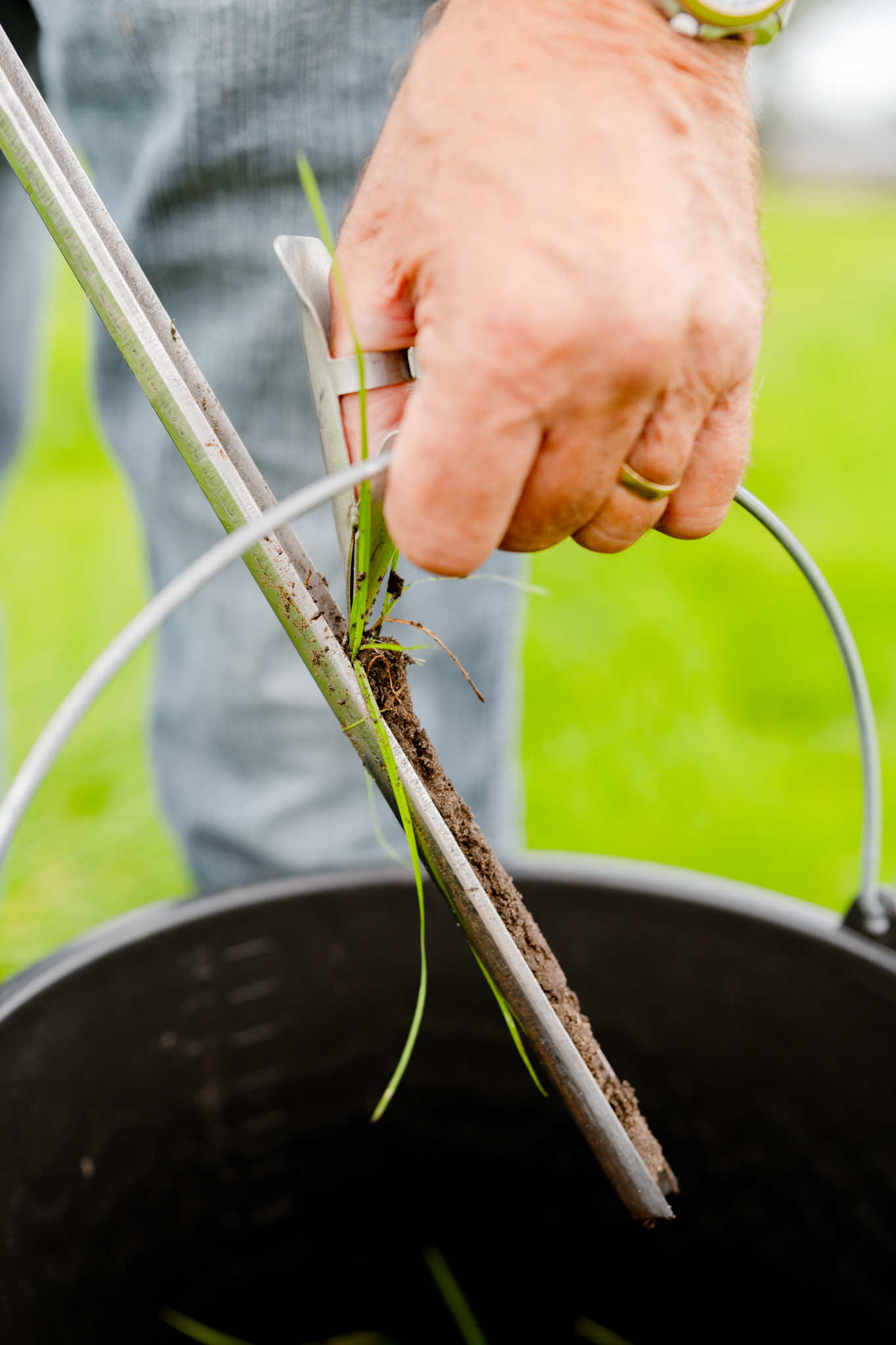Nematode testing


Free-living nematodes, especially root-knot nematodes (Meloidogyne), root lesion nematodes (Pratylenchus), Trichodorus and cyst nematodes (potato cyst nematodes and beet cyst nematodes) can cause major damage to various crops. In order to prevent any harm, it is important to take samples of the plots to test for these nematode species. The free-living nematodes are identified in a standard nematode package. In addition, it is also possible to test for cyst nematodes or one type of free-living nematode. You will receive crop-specific advice for each nematode test.
Taking a proper sample forms the start of nematode testing. Consequently, it is essential that this is carried out correctly. We will gladly help you with getting the nematode testing off to a good start.
Nematode testing is very important for the preventing damage. Two examples:
Reliable help with carrying out nematode testing? Our specialists are happy to help you. Feel free to contact us for more information.